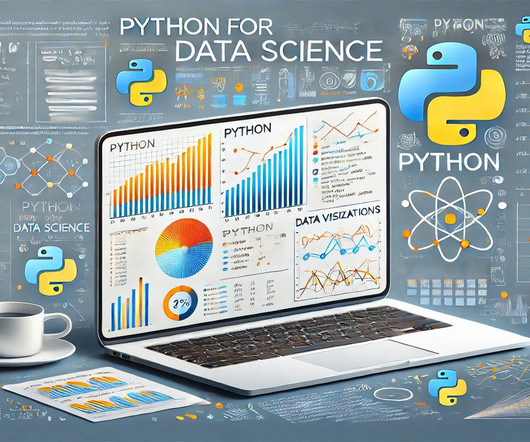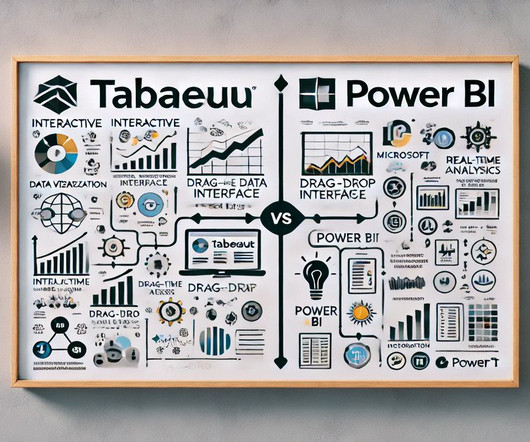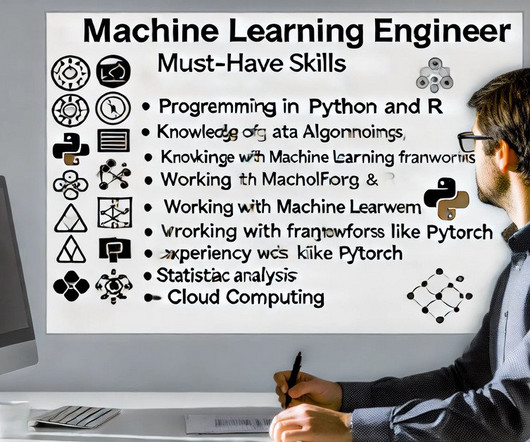Differentiating Between Data Lakes and Data Warehouses
Smart Data Collective
SEPTEMBER 23, 2020
billion by 2030. Data Type: Historical which has been structured in order to suit the relational database diagram Purpose: Business decision analytics Users: Business analysts and data analysts Tasks: Read-only queries for summarizing and aggregating data Size: Just stores data pertinent to the analysis. Data Warehouse.












Let's personalize your content